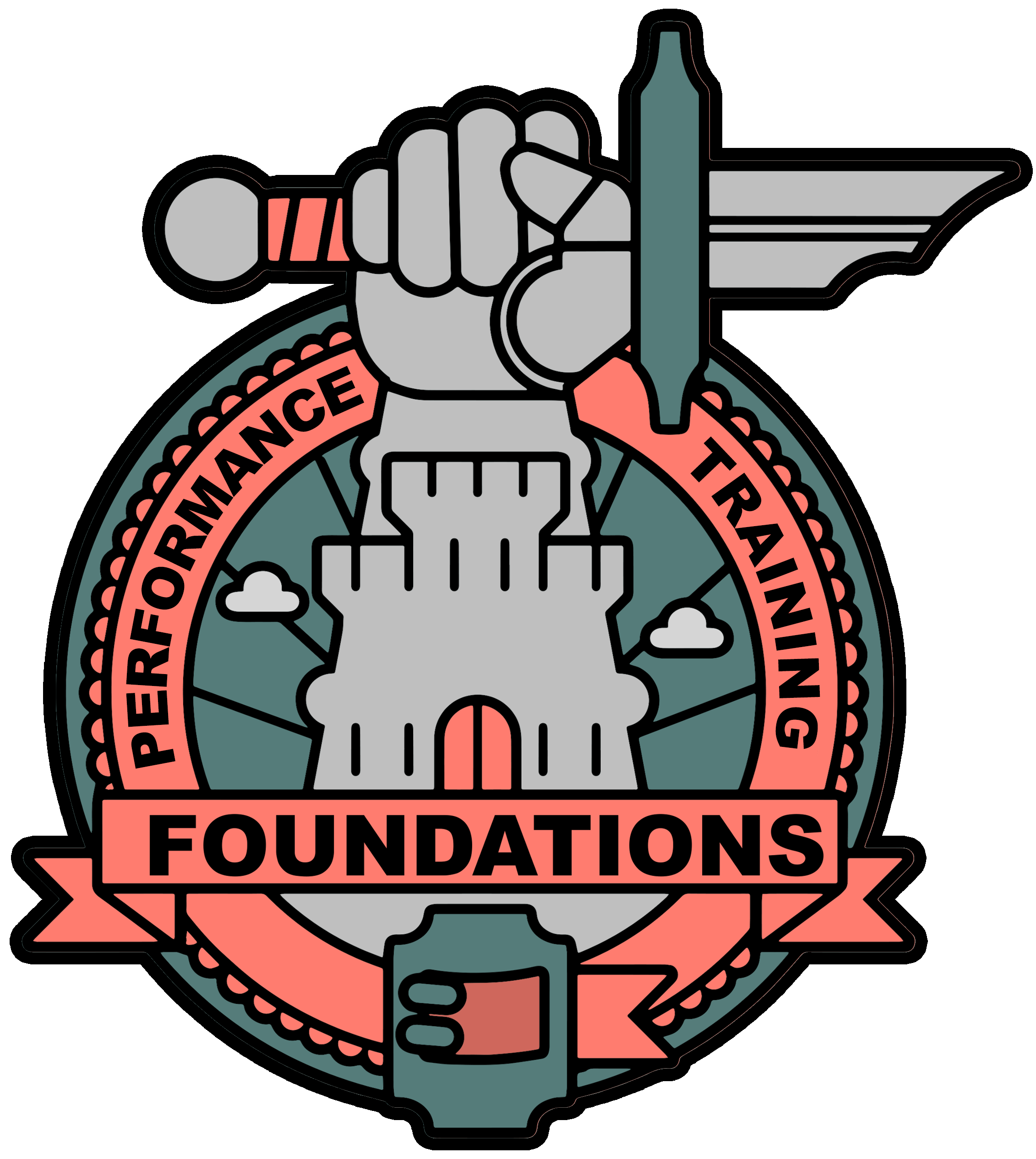Welcome to the first blog post. It seems sensible to try and cover some of the basics about how we train and why I choose to do what I do with my clients. This is the stuff that I’ve noticed hardly ever gets mentioned but is more important than the kind of nonsense that usually gets pushed like “What’s the best exercise for X” or “How to get shredded in 16 weeks!”.
Basics
Your body includes your brain. Read that again. Got it? Good. Now, read it once more. That’s how important that idea is.
The body prefers and moves towards balance, often called homeostasis (and sometimes allostasis – there is a slight different but it doesn’t matter for now). For example, when you get cold, your subconscious causes you to shiver to try and raise your body heat.
Progressive overload matters – you cannot improve if you keep doing the same thing because your body will adjust to that and then not continue to adapt. There are LOTS of ways to achieve overload. Not just weight on the bar. We tend to focus on increasing weight on the bar, increasing the number of reps done well and improving intent when lifting the weight.
Stress
To force the body to adapt and change is a difficult thing because your body doesn’t want to change (see homeostasis). You have to put it through enough stress that it has no choice but to be more ready for that stress next time. To use a very, very old metaphor you have to go on the hero’s journey.

Training inside the village (your comfort zone) is useful for building confidence, learning new techniques or movements and ‘greasing the groove’ of these movements so you know what they should feel like. If we stay here forever then eventually the dragon will burn down the village – if we trained easy movements forever and then you did your sport or moved in a new and sudden way then you might lose or get injured.
To get stronger and/or bigger we need to head outside of the village and into the unknown. So, we lift heavier weights than before or we lift them more quickly than before or we lift them more times and get a bit closer to failing than before. By doing this carefully, we can take more things back into the village with us – heavier weight feels normal, technique improves, we can jump higher, etc. This will make the village bigger and safer from the dragon of chaos – injury/defeat/failure.
In other words, we become more robust – our body adapts to the training by making our bones thicker, our muscles larger, our central nervous system more efficient and our joints stronger. In this way, we are more able to manage day-to-day life and sport without the demands being higher than what we can cope with.
Occasionally, we might even bump into the dragon of chaos when we are in the unknown. We might lift so heavy that our technique begins to break down but we make the rep – we confront the dragon and defeat it. Or, we might fail the rep completely – this can happen even when we are careful to try and avoid it.
Remember: we are only truly failing/getting eaten if we don’t learn anything from this failure.
We are only truly getting eaten by the dragon (failing) if we do not learn anything from it or stubbornly try to push through failure instead of accepting it and regrouping. It can also refer to when we push things too hard and too quickly and you cannot recover so you end up feeling ill. Every subsequent session feels slow and terrible and you hate training. This is what we want to avoid – if you notice that you feel this way then you need to back off a little.
I am massively indebted to William Wayland and Mladen Jovanovic for their ideas around training and the hero’s journey.
